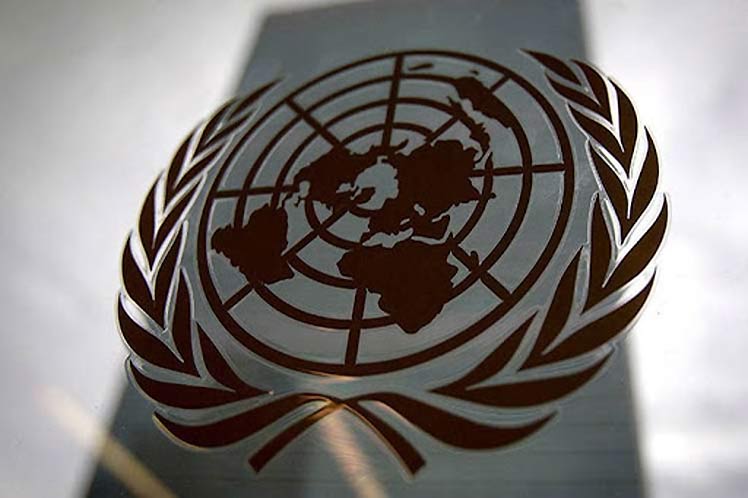From 18 to 19 May, a High-Level meeting at UN Headquarters in New York will provide an opportunity to lay out the many challenges that have stalled progress, and chart a course towards a safer world.
Delegates at the event will have pored over the report of the Midterm Review of the Framework’s implementation, which lays bare the scale of the problem. Released in April to mark the half-way point between the launch of the Framework and the 2030 deadline, it does not make for comfortable reading.
The document, named after the Japanese city where it was adopted in 2015, is an international UN agreement designed to reduce losses caused by disasters, whether natural or man-made. It aims to substantially reduce fatalities from such claims, shorten damage to infrastructure and establish better early warning systems by 2030, however, eight years later little progress has been made.
The report emphasizes the growing impacts of climate change since 2015, and the brutally unequal consequences, which are much more severe in developing countries; a case in point is the flooding in Pakistan in 2022, which affected more than 33 million people and damaged millions of acres of agricultural land, causing widespread food insecurity.
The growing interconnectedness of the world’s societies, environments, and technologies means that disasters can spread extremely quickly. The report points to the Covid-19 pandemic as a prime example, beginning as a local outbreak in China in 2019, before rapidly spreading around the world, leading to the death of some 6.5 million people by the end of 2022.
“One doesn’t have to look hard to find examples of how disasters are becoming worse’” says Mami Mizutori, Special Representative of the UN Secretary-General for Disaster Risk Reduction and head of UNDRR.
“The sad fact is that many of these disasters are preventable because they are caused by human decisions. The call to action of the Midterm Review is that countries need to reduce risk in every decision, action, and investment they make.
pll/mgt/crc









